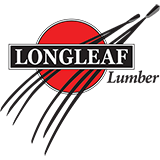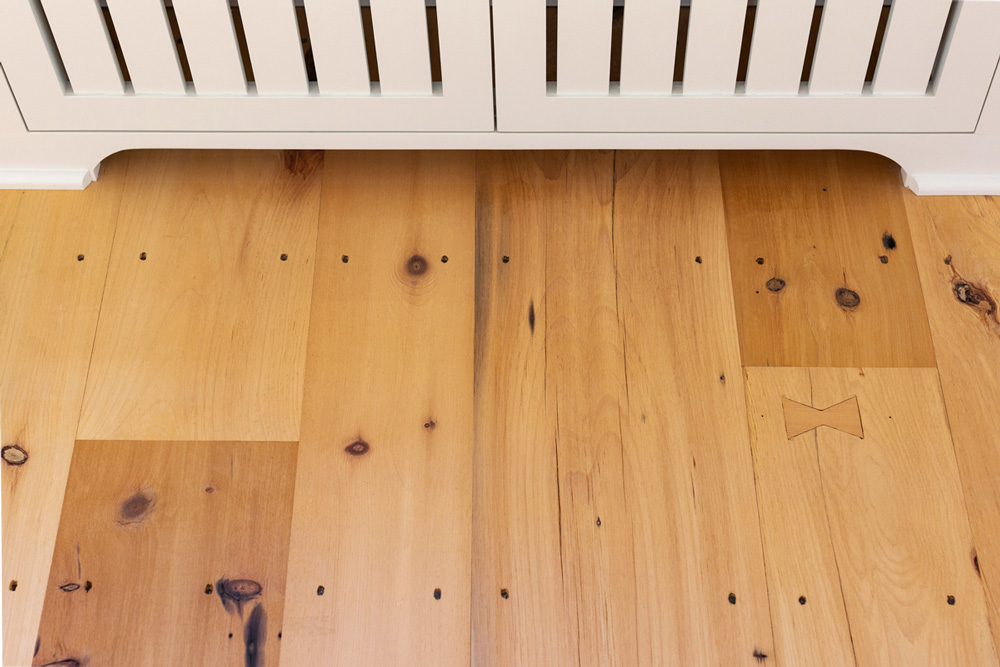
Summer is in full swing. Farmers' markets are up and running, offering their unique shopping experience with a range of products sold by local vendors in a spirit of connection and fun.
Reclaimed wood lumber mills are kindred spirits to these farmers and makers. We start with "seeds" of salvaged lumber, which we nurture into roughsawn material or final products, such as flooring, paneling, tops, and treads. We harvest different species with an environmentally healthy production strategy, milling unusual, beautiful, high-quality lumber.
The parallels between products found at farmers' markets and reclaimed wood lumber mills are undeniable. Below, we've highlighted a few of the benefits of reclaimed wood. If there were a farmers' market for wood, we'd be all in!



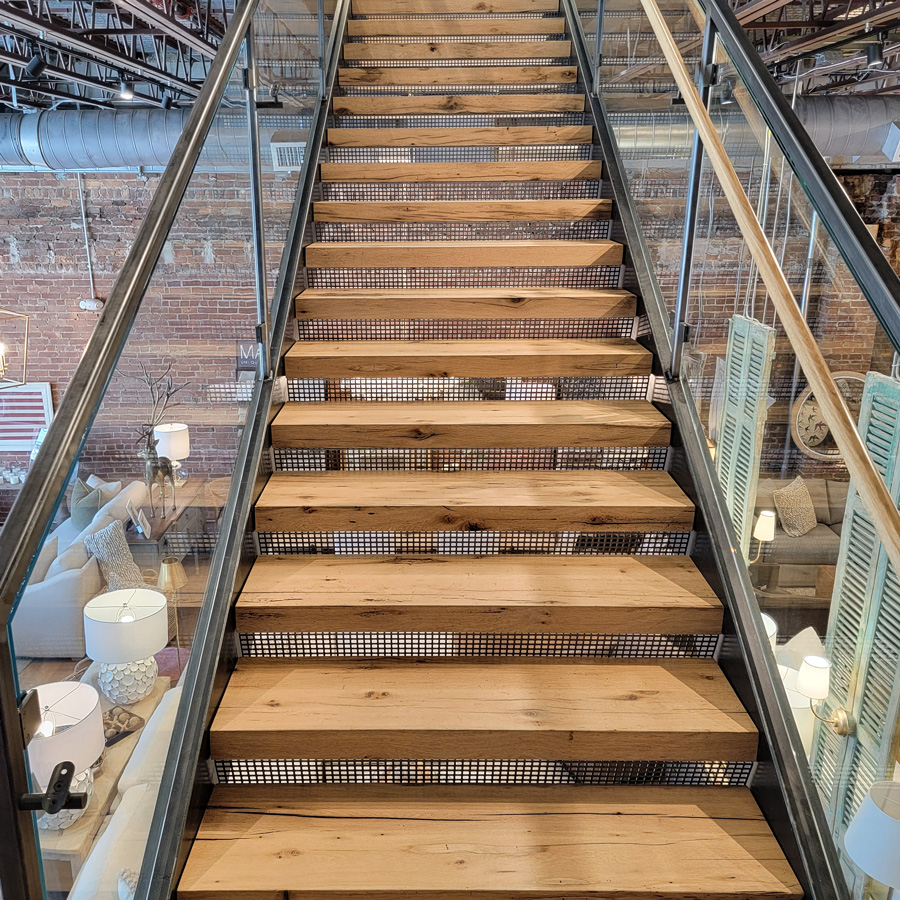
Quality
Choosing reclaimed wood means you have chosen something of superior quality, which can be credited to at least one, and perhaps all, of the following attributes:Aesthetic Value:
Old-growth wood salvaged from the beams, siding, or other structural elements of old buildings comes in beautiful colors with a deeper tone and tighter grain than new-growth timber.

Character:
Reclaimed lumber can be marked in compelling ways referencing its previous installation, such as nail and bolt holes and mineral stains. Adze or ax scoring cuts and saw marks reveal the method by which it was initially cut. Finally, it can be surfaced to different degrees in the re-milling process. Boards can be left with their original surface, 'skip-planed' to a partially milled surface, or planed completely for a bright, fresh surface.
Authenticity:
Knots, checking, worm holes, and the marks of time are integral to the world of salvaged lumber and are appreciated for the unique character they bring to the visual field - an antidote, perhaps, to the manufactured and air-brushed scenarios presented too often as real life today.
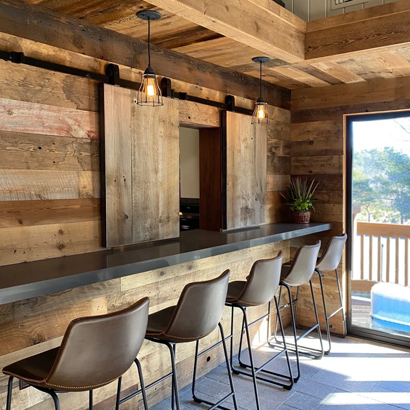

Strength:
Due to the slow growth and tighter grain of the trees, old-growth wood is stronger and denser than its modern counterparts.
Greater Widths and Lengths:
New flooring boards sawn from today's trees are usually narrow and often come in shorter lengths. Reclaimed wood floors can be milled in wider widths and longer lengths. They are sawn from beams cut from trees that were typically larger and more mature.
Due to the slow growth and tighter grain of the trees, old-growth wood is stronger and denser than its modern counterparts.
Greater Widths and Lengths:
New flooring boards sawn from today's trees are usually narrow and often come in shorter lengths. Reclaimed wood floors can be milled in wider widths and longer lengths. They are sawn from beams cut from trees that were typically larger and more mature.


Compatibility:
When matching an existing floor, choose flooring milled from lumber harvested at a time similar to your existing floor to ensure a comparable ring density and avoid awkward juxtapositions.
Rarity:
Reclaimed wood is a rare material that should be ordered from a reputable mill. Longleaf Lumber mills several wood species taken from both industrial and agricultural buildings. The American Chestnut tree is now considered functionally extinct, and old-growth Heart Pine is only available as salvaged timber from deconstructed buildings.

When matching an existing floor, choose flooring milled from lumber harvested at a time similar to your existing floor to ensure a comparable ring density and avoid awkward juxtapositions.
Rarity:
Reclaimed wood is a rare material that should be ordered from a reputable mill. Longleaf Lumber mills several wood species taken from both industrial and agricultural buildings. The American Chestnut tree is now considered functionally extinct, and old-growth Heart Pine is only available as salvaged timber from deconstructed buildings.
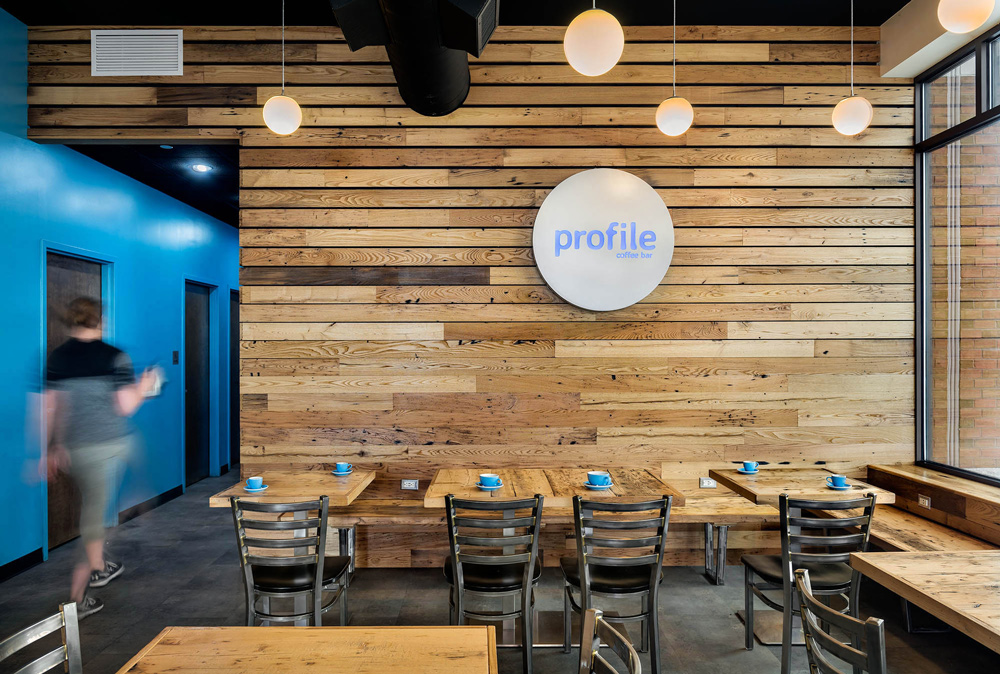
Connection
Choosing reclaimed wood means you have decided to connect with something meaningful. This connection can be to people, the timeline of history, and the earth herself.Connect With Your Mill:
Have a custom experience with the people who have milled your wood. At Longleaf Lumber we know and love wood and can share our expertise with you. In a real, human conversation, you can share the details of your project and benefit from our years of experience when you ask and get guidance on your installation, hardware, and finishing questions.
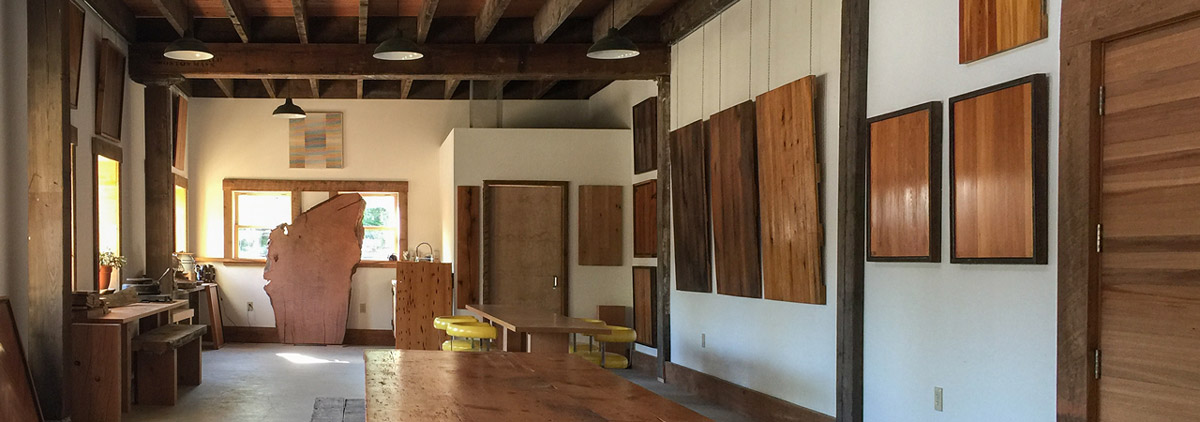
Connect With History:
Learn about the buildings deconstructed to supply salvaged lumber. In some cases, the specific origin of your reclaimed wood can be provided. Choosing wood salvaged from these old buildings connects us to the people who built them and those who spent time working and creating in them. These buildings are tangible links to past cultures, economies, and events, enabling us to understand our place in the present better.
A few of the buildings from which we've salvaged lumber can be found on our blog and include the following:
- Lucky Strike Factory
- Danvers State Hospital
- Baker's Chocolate
- Jordan Marsh Stables
- Battery Wharf in Boston
- The Portland Expo
- Smith College Library
- Barns in Pennsylvania, Massachusetts, Connecticut & more

Connect With Community:
You may be lucky enough to live near a reclaimed lumber mill. If so, choosing reclaimed wood is a way to support a small business and your local economy.
Connect With The Trees Felled For Your Project:
Step into the extended life cycle of the trees milled for your reclaimed wood. Unlike the seasonal course of most farmers, our cycle starts with old-growth trees and moves through their felling and initial use in construction. Usually, the end of this cycle involves the destruction and landfill disposal of the building, but lumber salvage allows us to add a new rotation within the cycle. Choosing reclaimed wood places you at this point, extending the timeline for these incredible trees.

Connect With A Healthier Environment:
Choosing reclaimed wood results in environmental benefits that allow you to connect to a healthier planet.
Utilizing reclaimed lumber has the following effects:
- Cleaner air. Processing reclaimed wood produces fewer emissions than felling and processing live trees.
- Mitigated demand for virgin wood (which can lead to deforestation). Thankfully, responsible forestry is becoming more mainstream.
- Reduced landfill gas. When lumber is salvaged, fewer timbers are thrown away, meaning less decaying wood contributes to water and air pollution.
- A smaller ecological footprint if the wood is sourced directly from the mill. Without a middleman, additional transportation and packaging are eliminated.
- Partnership with a company committed to sustainable business practices. Beyond sourcing reclaimed and salvaged wood, we maximize all lumber headed to our saw shed, recycle manufacturing byproducts, upcycle 100% of our sawdust, heat our mill with our wood waste, and capture energy with solar panels.


Reach out and connect!
For many of the same reasons that people enjoy farmers' markets, you’ll enjoy browsing through our figurative tent in our Cambridge yard and having a real conversation with the people behind the wood. If you're closer to Berwick, Maine, give us a call and set up a time to meet us there. With beautiful pieces of wood in different species, various forms, and infinite shapes and sizes, your senses will feel enlivened and your imagination inspired.Admittedly, you won’t find the best tomatoes, honey, or chocolate with us (we’ll leave that to the actual farmers' markets). Still, we’re sure you'll love what you find here.


